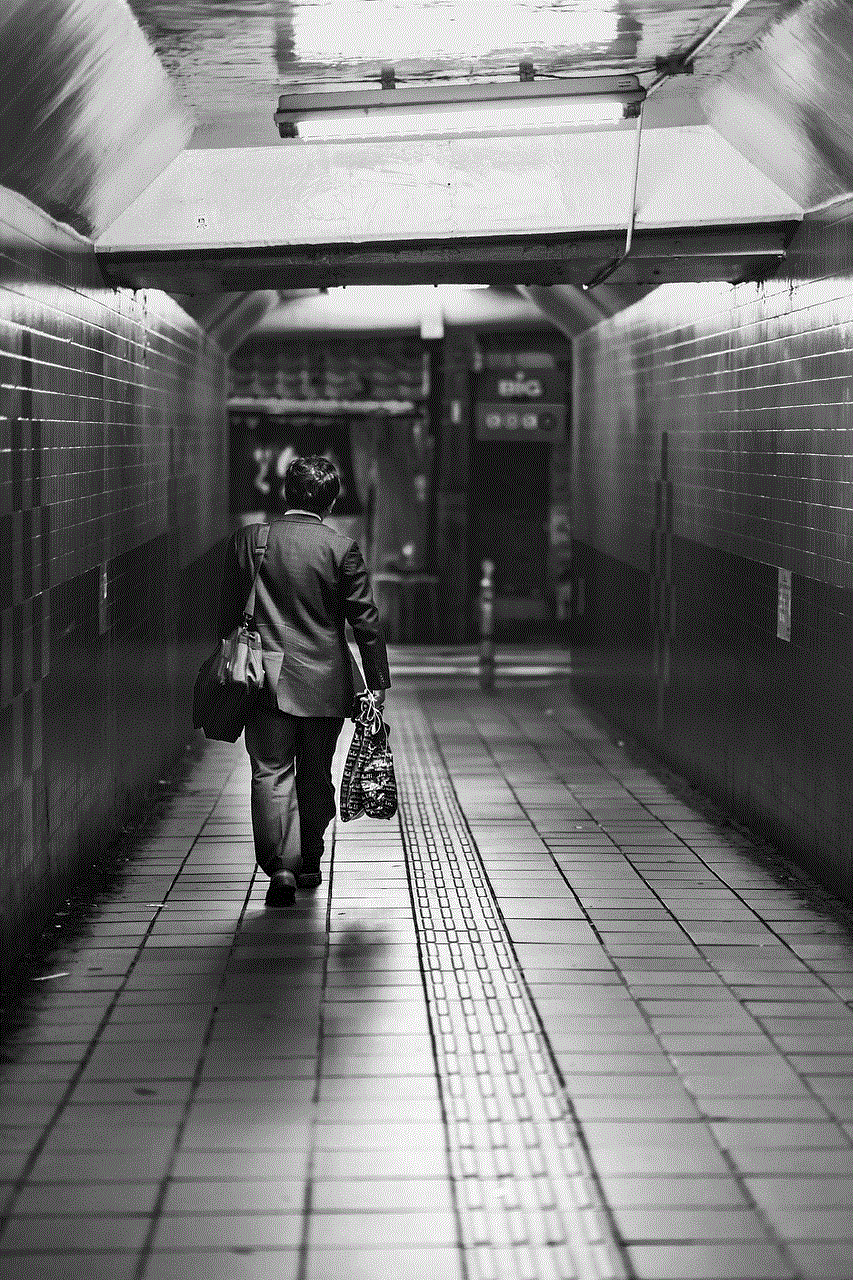what does j mean in text
The letter “j” is the tenth letter in the modern English alphabet and is often considered to be one of the most unique and intriguing letters in the alphabet. It has a rich history and has been used in various languages and scripts throughout the centuries. In this article, we will explore the meaning and significance of the letter “j” in text, and how it has evolved over time.
The letter “j” was originally derived from the letter “i” in the Latin alphabet. In the early days, it was used in the place of the letter “i” at the end of a word, especially in words that ended with the letter “i”. This practice was common in the 16th century, and it wasn’t until the 17th century that the letter “j” was officially recognized as a separate letter in the alphabet. The word “majesty” is a perfect example of this, as it was originally spelled as “maiestie” in the 16th century.
The letter “j” has a unique sound, and it is often described as a combination of the letters “d” and “y”. This sound is known as the “yod” in linguistics, and it is believed to have originated from the Semitic letter “yodh”. This sound is also found in the Hebrew and Arabic languages, which influenced the development of the letter “j” in the Latin alphabet.
Throughout history, the letter “j” has been used in different ways in different languages. In the French language, it is pronounced as “zh” and is used to represent the soft “g” sound as in the word “garage”. In German, it is pronounced as “y” and is used in words such as “ja” (yes) and “jahr” (year). In Spanish, it is pronounced as “h” and is used in words such as “joven” (young) and “juego” (game). The diversity in pronunciation and usage of the letter “j” adds to its intrigue and complexity.
In modern times, the letter “j” has become an essential part of text messaging and social media communication. It is often used as a shortened version of the word “just” or as a replacement for the word “you”. For example, “I’ll meet you at the park in 5” would be written as “I’ll meet j at the park in 5”. In this context, the letter “j” has taken on a new meaning and has become a symbol of efficiency and convenience in communication.
Moreover, the letter “j” has also become popular in memes and internet slang. It is often used as an abbreviation for the phrase “just kidding” or to convey sarcasm. For instance, a person may use the phrase “I love Mondays jk” to express their dislike for Mondays in a humorous way. This usage of the letter “j” has become so widespread that it is now commonly used in everyday conversations, especially among younger generations.
In addition to its usage in communication, the letter “j” has also made its way into popular culture. It is often used in branding and marketing, with many companies using the letter “j” in their logos and brand names. Some notable examples include the luxury brand Louis Vuitton, known for its iconic “LV” logo, and the fast-food chain McDonald’s, with its famous golden arches.
Furthermore, the letter “j” has also played a significant role in the world of entertainment. Many famous musicians and bands have names that start with the letter “j”, such as Justin Timberlake, Jay-Z, and Jonas Brothers. In literature, the letter “j” has been used in the titles of several popular books, including “The Joy Luck Club” by Amy Tan and “The Jungle Book” by Rudyard Kipling.
The letter “j” has also been associated with luck and prosperity in various cultures. In Chinese culture, the letter “j” is believed to bring good fortune and is often used in names, such as the famous martial artist and actor, Jackie Chan. In numerology, the letter “j” is associated with the number one, which signifies leadership and independence. This connection with luck and success has made the letter “j” a popular choice for parents when naming their children.
In conclusion, the letter “j” may seem like a simple and ordinary letter, but it holds a rich history and has evolved over time to become a significant part of our language and communication. From its early origins in the Latin alphabet to its usage in modern-day technology and pop culture, the letter “j” has come a long way and will continue to play a vital role in our daily lives. So the next time you come across the letter “j” in text, take a moment to appreciate the depth and complexity of this seemingly simple letter.
how to get location on iphone
As the world becomes increasingly interconnected, the need for accurate and reliable location services has become more important than ever. With the rise of smartphones and other mobile devices, the ability to determine one’s location has become a crucial feature for many users. Among the most popular devices for location services is the iPhone, which has become synonymous with cutting-edge technology and innovation. In this article, we will delve into the various ways to get location on an iPhone and explore the different methods available for users.
The iPhone has integrated several location-based services into its operating system, iOS, making it easier for users to access their location information. One of the most basic ways to get location on an iPhone is through its built-in GPS (Global Positioning System) feature. With GPS, the iPhone can determine its exact location using a network of satellites in orbit around the Earth. This technology was first introduced in the iPhone 3G, and has since been improved and refined in newer models.
To use the GPS feature on an iPhone, users must first enable location services in their device’s settings. Once this is done, the device will use a combination of Wi-Fi, cellular networks, and GPS to determine its location. This information can be accessed by various apps on the iPhone, such as Maps, Weather, and Find My Friends, providing users with real-time location data.
Another way to get location on an iPhone is through the use of Wi-Fi positioning. This method uses Wi-Fi signals to determine a device’s location, rather than GPS. This is particularly useful in areas where a GPS signal may be weak or unavailable, such as indoors. Wi-Fi positioning works by using a database of known Wi-Fi access points and their corresponding locations. By comparing the Wi-Fi signals detected by the device to this database, the iPhone can estimate its location with a high degree of accuracy.
Many apps on the iPhone utilize Wi-Fi positioning to provide location-based services. For example, social media apps like Facebook and Instagram use this technology to suggest nearby places and events, making it easier for users to discover new locations in their vicinity. However, it’s worth noting that Wi-Fi positioning may not be as accurate as GPS, as it relies on the availability of Wi-Fi networks in the area.
In addition to GPS and Wi-Fi positioning, the iPhone also has the ability to determine its location using cellular networks. This method, known as cellular triangulation, works by measuring the signal strength of nearby cellular towers. The iPhone then uses this information to calculate its approximate location. While not as accurate as GPS, cellular triangulation can still provide a general idea of a device’s location.
One of the most popular ways to get location on an iPhone is through the use of third-party apps, such as Google Maps, Waze, and Uber. These apps rely on a combination of GPS, Wi-Fi positioning, and cellular triangulation to provide users with real-time location data, navigation, and other location-based features. With the increasing popularity of location-based apps, many developers are now incorporating advanced location technologies, such as augmented reality and indoor positioning, to enhance the user experience.
Aside from the built-in features and apps, the iPhone also offers a range of accessories that can help improve location accuracy. For example, the Apple Watch, which can be paired with an iPhone, has a built-in GPS and altimeter, allowing for more precise location tracking and elevation data. Additionally, there are many third-party accessories, such as Bluetooth beacons and external GPS receivers, that can be used with the iPhone to enhance location capabilities.
Another way to get location on an iPhone is through the use of location sharing . This feature allows users to share their real-time location with friends and family, making it easier to coordinate meetups or keep track of loved ones. With location sharing, users can choose to share their location for a limited time or indefinitely, and can also set notifications to alert them when someone they are sharing their location with arrives or leaves a specific location.
For those concerned about privacy, the iPhone also offers the option to limit location sharing with specific apps or disable it altogether. This can be done in the device’s settings, giving users full control over their location data.
In recent years, Apple has also introduced new privacy features to enhance location security on the iPhone. For example, iOS 14 has a feature called “Precise Location,” which allows users to choose whether an app can access their precise location or only an approximate one. This gives users more control over their privacy and ensures that apps are not accessing their location data without their consent.
In conclusion, the iPhone offers a range of options for users to get location information, from built-in features like GPS and Wi-Fi positioning, to third-party apps and accessories. With the continuous advancements in technology, we can only expect location services on the iPhone to become more accurate and sophisticated in the future. As always, it’s important for users to be aware of their privacy settings and exercise caution when sharing their location information with others.
how to not share location on iphone
As technology continues to advance, our smartphones have become an integral part of our daily lives. With the ability to access the internet, make calls, and send messages, our phones have become our go-to device for almost everything. One of the features that smartphones offer is the ability to share our location with others. While this can be useful in certain situations, such as meeting up with friends or getting directions, there may be times when you want to keep your location private. In this article, we will discuss how to not share your location on an iPhone, and the various ways you can protect your privacy.
Why You May Want to Not Share Your Location
Before we dive into how to prevent your iPhone from sharing your location, it’s important to understand why you may want to do so. The most obvious reason is for the sake of privacy. With so much personal information already being shared online, some people may not feel comfortable with their exact location being broadcasted to others. Additionally, sharing your location can also make you vulnerable to stalking or other forms of online harassment.
Another reason why you may not want to share your location is to conserve battery life. By constantly sharing your location, your phone’s GPS will be in use more frequently, which can drain your battery at a faster rate. This can be especially inconvenient if you are in a situation where you need your phone for emergencies.
Lastly, there may be times when you simply don’t want others to know your whereabouts. This could be for personal reasons, or it could be because you are trying to surprise someone. Whatever the reason may be, it’s important to know how to turn off location sharing on your iPhone.
How to Turn Off Location Sharing on Your iPhone



Now that we’ve established why you may want to not share your location, let’s dive into the steps you can take to turn off location sharing on your iPhone.
Step 1: Open Settings
The first step is to open the Settings app on your iPhone. This can be found on your home screen and is represented by a gear icon.
Step 2: Go to Privacy Settings
Next, scroll down and tap on “Privacy” from the list of options.
Step 3: Select Location Services
Once in the Privacy settings, tap on “Location Services” at the top of the screen.
Step 4: Disable Location Services
At the top of the Location Services screen, you will see a toggle switch. Simply toggle it off to disable location services for all apps on your iPhone.
Step 5: Customize Location Services
If you still want to use location services for certain apps, you can customize which apps have access to your location. Simply scroll down to see a list of all the apps on your phone and tap on each one to select “Never” for the location access.
Step 6: Turn Off Share My Location
If you have an iPhone with iOS 13 or later, you may also have the option to turn off “Share My Location” in your Location Services settings. This will stop your phone from sharing your location with friends and family through the Find My app.
Step 7: Turn Off Location-Based Apple Ads
In the Location Services settings, you will also see an option for “Location-Based Apple Ads.” If you don’t want Apple to use your location for targeted ads, you can toggle this off as well.
Step 8: Disable Frequent Locations



Your iPhone may also keep track of your frequently visited locations, which can be found in the Location Services settings under “System Services.” If you want to turn this off, simply toggle off “Frequent Locations.”
Step 9: Use a VPN
While turning off location services on your iPhone will prevent apps from accessing your location, your internet service provider (ISP) can still track your location. To prevent this, you can use a virtual private network (VPN) to mask your IP address and location.
Step 10: Use Private Browsing
Another way to protect your privacy is by using private browsing mode on your web browser. This will prevent your browser from storing your search history, cookies, and other personal information.
Step 11: Be Mindful of Social Media Posts
Even if you have disabled location services on your iPhone, your social media posts may still reveal your location. Many social media apps have the option to add a location to your posts, so be mindful of this and avoid adding your location if you don’t want it to be known.
Step 12: Turn Off Geotagging
When you take photos on your iPhone, the location where the photo was taken is often saved in the metadata of the image. To prevent this, you can turn off geotagging in your camera settings.
Step 13: Use a Location Blocking App
For added privacy, you can also use a location blocking app. These apps will block your location from being shared with any apps or services on your phone.
Step 14: Consider Turning Off Bluetooth and Wi-Fi
Bluetooth and Wi-Fi can also be used to track your location, even if you have location services turned off. To prevent this, you can turn off Bluetooth and Wi-Fi when you are not using them.
Step 15: Check App permissions
Lastly, it’s important to regularly check the permissions of the apps on your phone. Some apps may request access to your location even if you have it turned off. Be sure to review these permissions and revoke access if necessary.
In Conclusion



In today’s digital age, it’s important to be mindful of our privacy and take the necessary steps to protect it. With the steps outlined in this article, you can easily turn off location sharing on your iPhone and prevent your location from being tracked. Remember to also be cautious of what you post on social media and regularly review app permissions to ensure your privacy is not compromised. By following these tips, you can have peace of mind knowing that your location is not being shared without your consent.